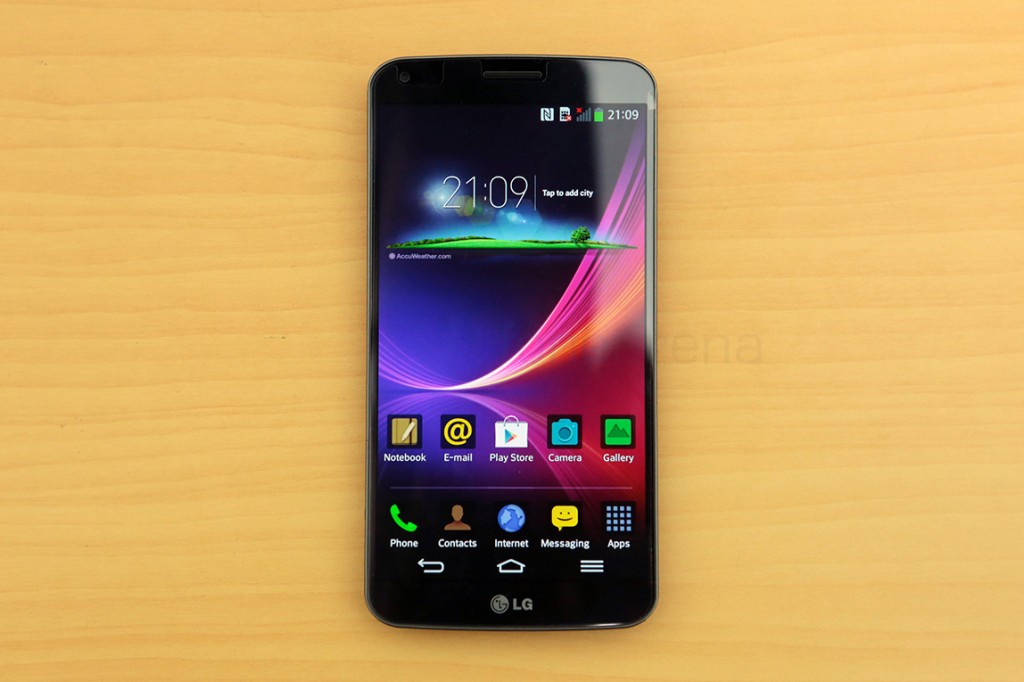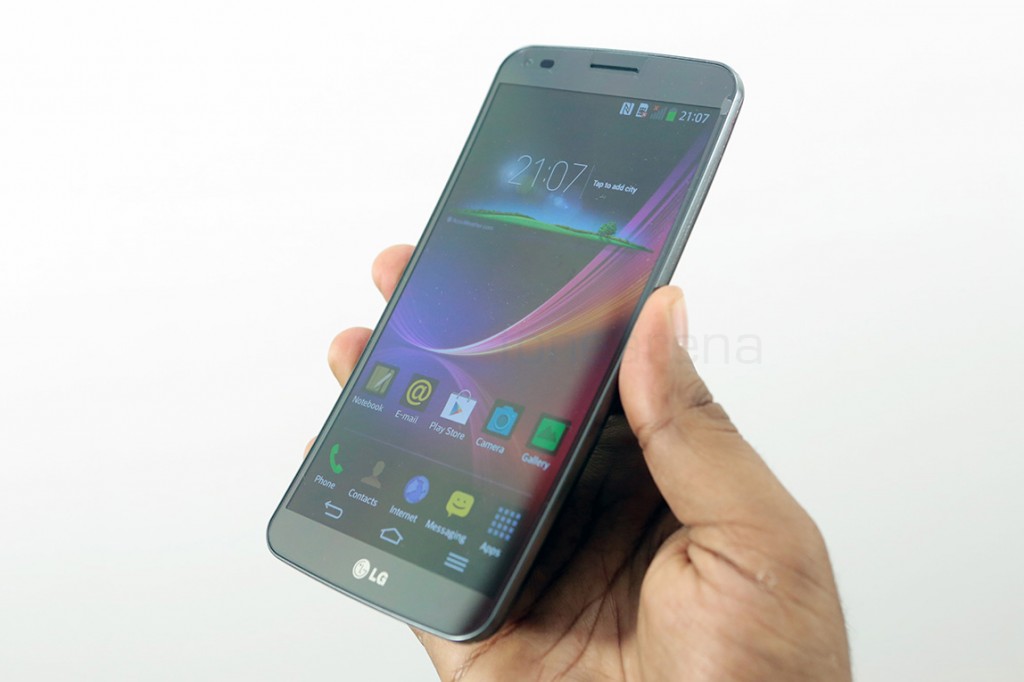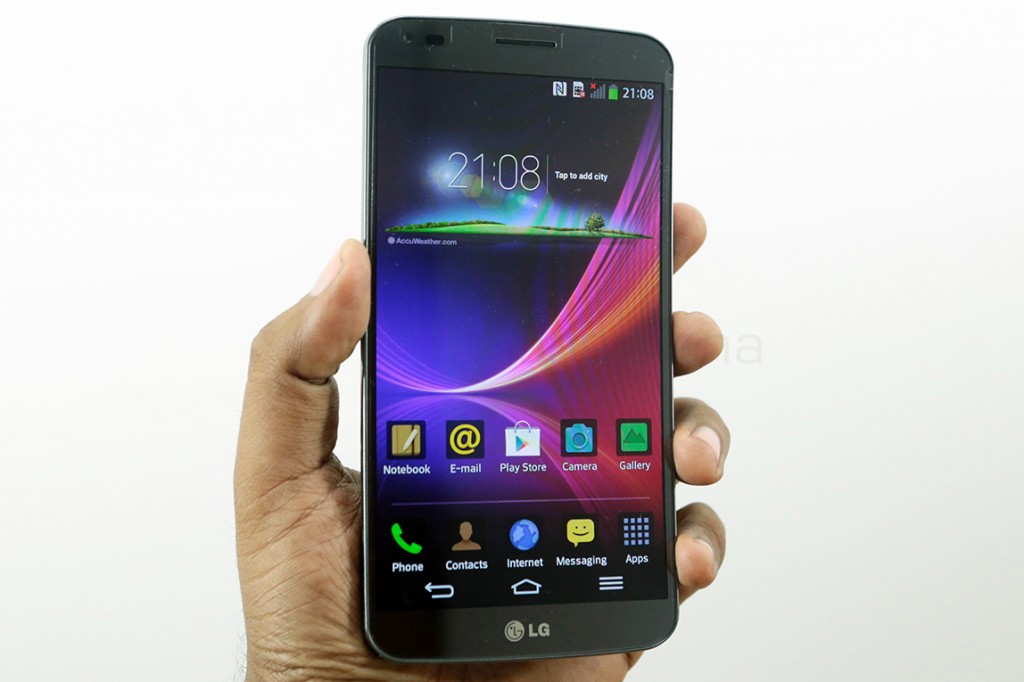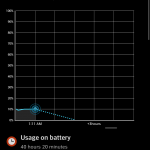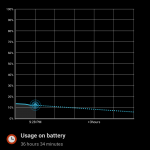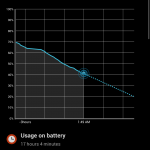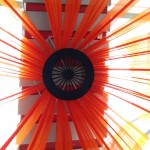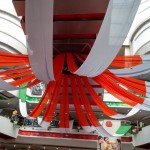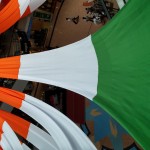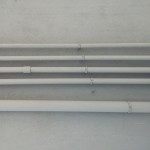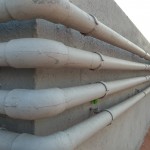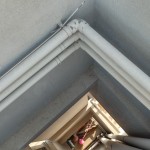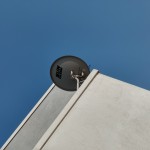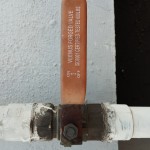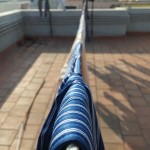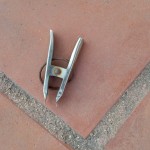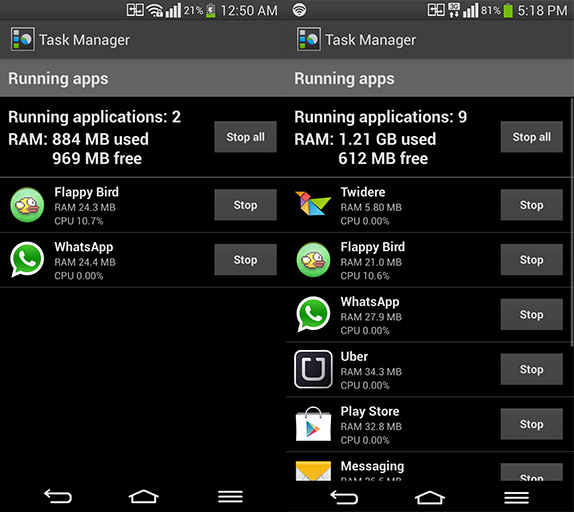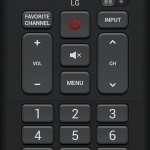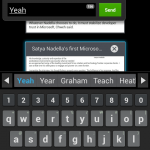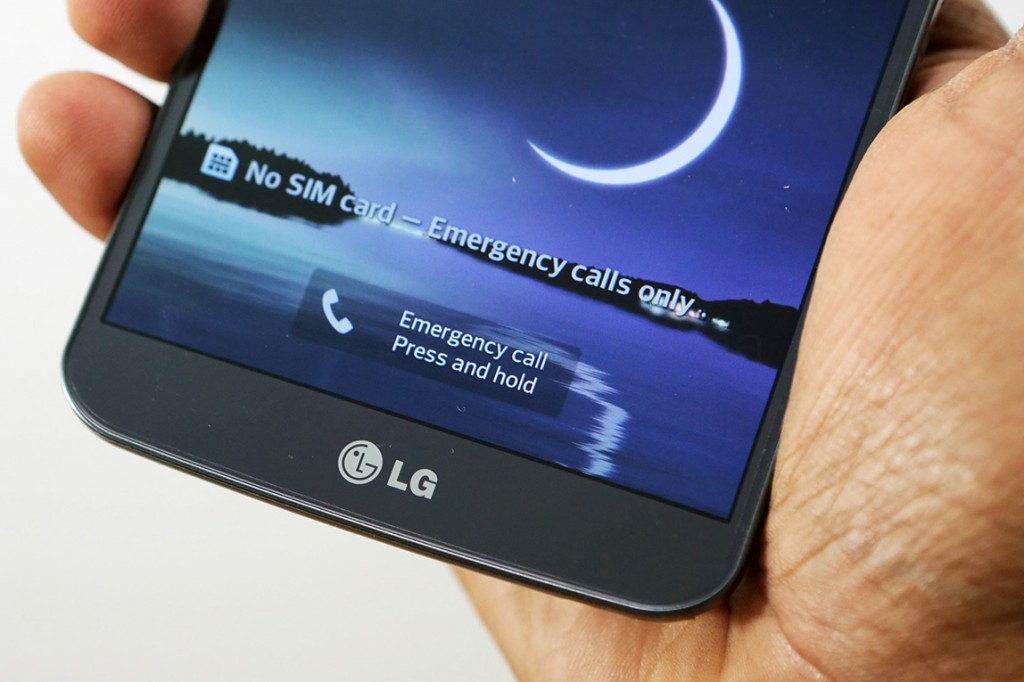A few years ago, LG was not relevant in the smartphone conversation. The optimus range was uninspiring and the flagships like 2x and 4x were duds, but all changed when the company released the Nexus 4, with Google. Continuing with the successes of Nexus 5 and the G2, LG has firmly cemented its position as one of the top 5 smartphone vendors in the world. But at this point in time, with virtually every evolutionary avenue explored, the question of “What’s next?” had to be addressed in the smartphone market. The G Flex is LG’s answer, as it hopes to set the precedent for the next generation of devices. Well, does it? Lets find out in our review.
httpv://www.youtube.com/watch?v=mIRnDc_eYaA
Check out our LG G Flex Giveaway!
The LG G Flex is touted as the world’s first curved and flexible smartphone. While we have seen curved phones like the Nokia “Banana phone” earlier, the G Flex is indeed the first one with a curved screen and a overall flexible body, and hence the design is very interesting. We are finally seeing the concepts come to life, with regards to curved and flexible materials put to use in smartphones.
It’s all about the curve
Unlike the Samsung Galaxy Round, the G Flex is vertically curved, which follows the natural contour of your face. A vertical curve looks more natural on a phone than a horizontal one, purely for aesthetic reasons, but this also brings the microphone closer to your mouth, which LG claims will improve call output with better clarity. LG touts a 3 decibel increase in sound input during voice calls, which we cannot technically verify but can understand how it would be. The whole body is gently curved with a 700mm radius that is good enough to notice at first glance and even with a thin glass film on top, it allows the phone to flex 180 degrees on a flat surface. Yes, the phone. which is rigidly curved when placed on a surface, can flex when pressed and go flat and then regain the same posture again.

The G Flex achieves this through a number of interesting design decisions and one among them is the ambidextrous key layout on the back we saw on the G2. This allows the phone to have thin bezels on the front and unobtrusive sides, and also makes the one handed usage of a big phone easier, but more than that, does not come in the way of the flexibility of the phone. Adding to that, the G Flex has a massive curved 6 inch screen that marks LG’s entry into this segment, but it definitely doesn’t have the heft compared to the others. Weighing in at 177g, the G Flex is probably the lightest in the segment, and it is really thin too, coming in at 7.9mm at its thinnest point and 8.7mm at its thickest.
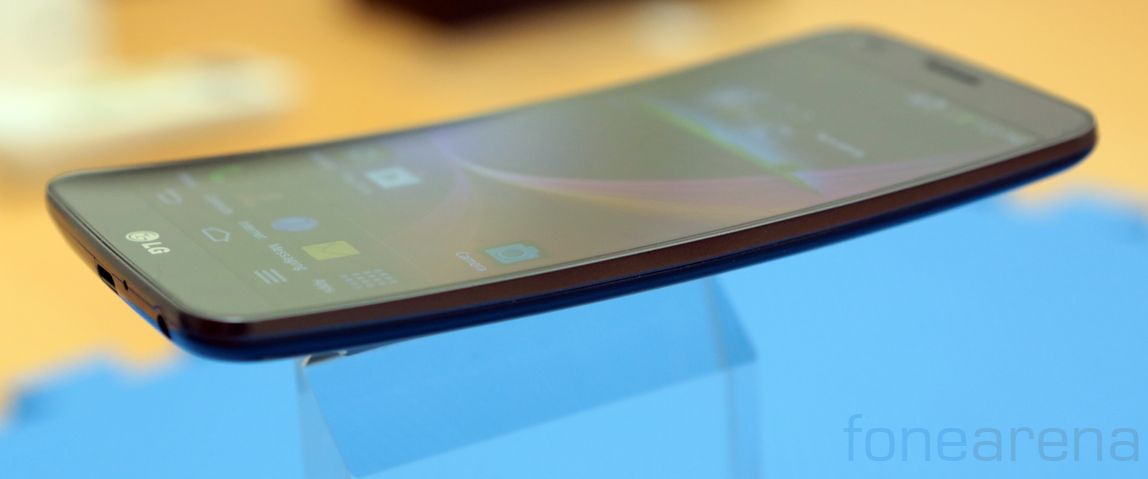
The bezels are narrow, the length of the phone in the vertical is appropriate, making it seem surprisingly easy to handle than any other 6 inch phone out there. The HTC One Max, the Lumia 1520, the Oppo N1 were all top-heavy and were easy to topple over in general use, but the G-Flex is bottom heavy, which bodes really well for the grip. In fact, the curve helps it not topple over. So, when it comes to handling in real day to day usage, the phone fits surprisingly well in pockets but tight pants are a nightmare mainly due to the phone’s sheer size and the vertical curves. While people with small hands will find it daunting, my large hands found it comfortable enough, we think this might be the most comfortable 6 inch phone yet.
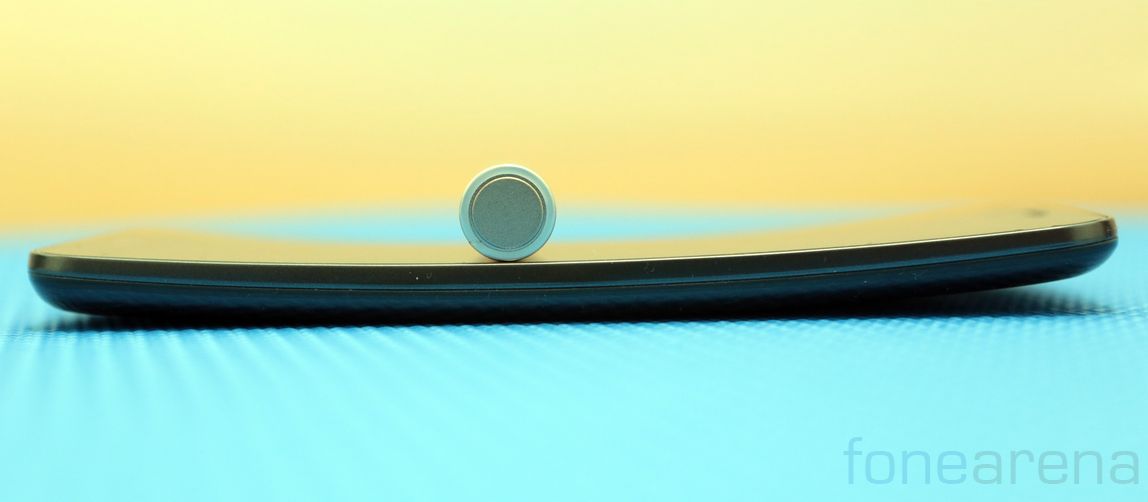
Coming to build quality, due to the curved nature of the G Flex, the phone is predominantly made of plastic. Make no mistake, the phone is really rigid, but the glossy plastic is not the highest quality or dense, a compromise for its flex tricks. The front is covered by a thin sheet of glass, which is thin enough to allow flexing and not break, and the back is glossy. Don’t panic, it has a special coating that keeps the phone in pristine condition, as it prevents small scratches or scuffs by healing itself. That’s right, this is another interesting implementation that we have not seen on other devices yet. The coating, which is a separate layer over the back can apparently heal itself from small scratches over an amount of time. We had specifically tested it out earlier and found it to work great, so good that it totally alleviates the need for a cover. We never worried about keeping the phone on the table, with its back facing down. Here’s a video to demonstrate that –
httpv://www.youtube.com/watch?v=bShZiXOQwJk
Hardware Walkthrough

Like any high end phone, LG has blessed the G Flex with relevant specs and components. We have a 6 inch 720p display on the front encompassed by a sheet of glass. Right above the display, we have a front facing camera, the couple of sensors and a notification LED along with the ear piece.This multi coloured LED can be configured with several settings for different notifications.

Over at the left side, we have the micro SIM slot which can be ejected only using a tool.
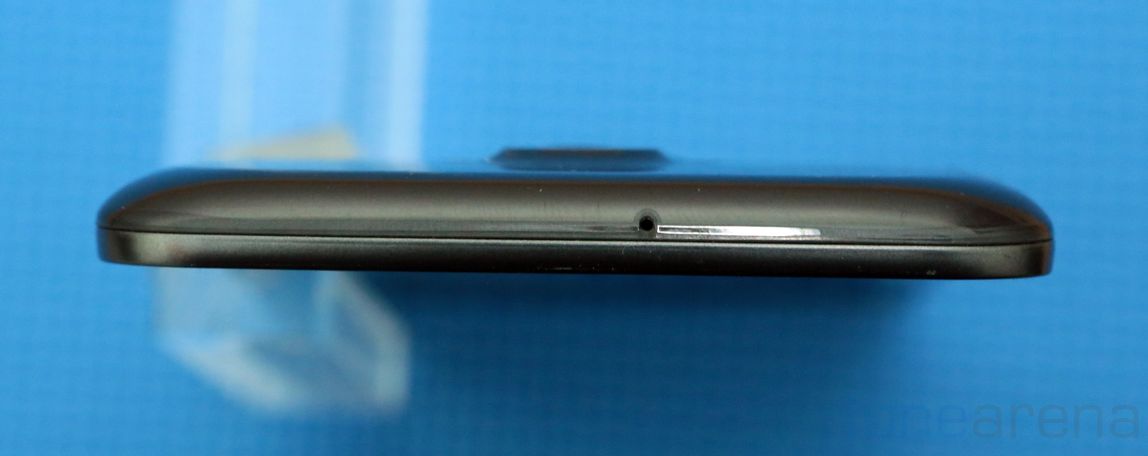
Over at the top, we have the secondary microphone which allows stereo recording during the video capture.
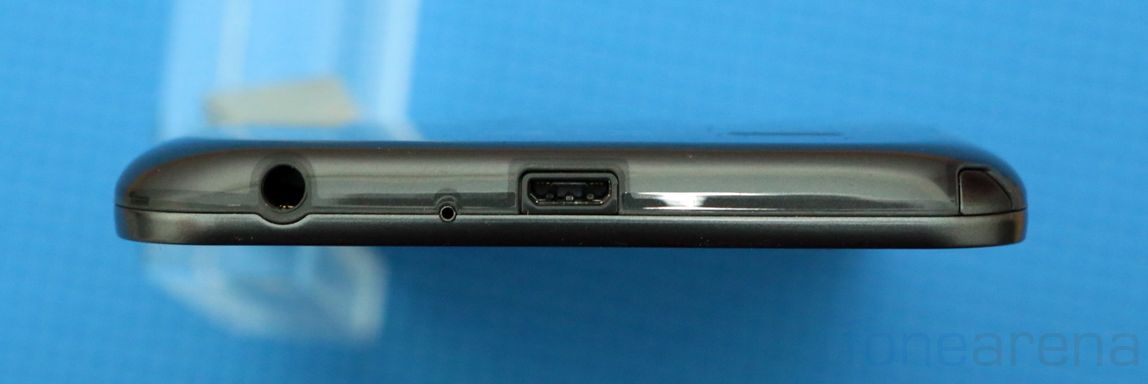
We then have the primary microphone, the micro USB slot and the 3.5mm headphones jack sitting at the bottom of the phone.

Turning to the back, we have the 13 megapixel camera flanked by the IR LED blaster and a single LED flash and the button combination of a volume rocker and the power/lock button below. Weirdly, the lock switch incorporates another multi colour LED which flashes much like the one on the front, but again, it’s almost always useless when the phone is predominantly placed on its back. Right at the bottom of the back, we have the LG logo and the loudspeaker. As you can see, LG has tried to keep it as minimal as possible because when it comes to the front face of the phone, it is indeed all about the curve. One of the key components that makes this possible is the display. Let start our deep-dive with that.
Curved Flexible Display
A 6 inch OLED panel, made of plastic substrates, is used on the G Flex. This is a far cry from the present solution that involved the non-flexible glass. With the technology currently in a “just released” phase, the obvious pitfalls include resolution and generally, the overall performance. But it does bend. Actually, it can bend to a 400mm radius even though the phone limits it to just 700mm, which makes the potential of this technology even more interesting. The OLED panel does not have the in-cell touch tech that LG uses on its other phones, but the air gap is very very less, allowing for great viewing angles.
Regarding the display performance, the 1280×720 panel is certainly not be the best we have seen, as the G2 consistently outperforms it in most cases, but the viewing angles, brightness and outdoor visibility make up for it. There are the usual weird OLED traits like a cool bluish white, over saturated colours and even a subtle texture created as a by product of the plastic substrates. It’s not pretty, but surely makes a difference in the experience, as we could find this subtle texture actually making the all-digital apps seem more real, if that makes any sense. But all said, we did find watching movies and any kind of video to be really immersive on the curved screen, and the seemingly low resolution was never a problem. No pixelation or spotting pixels thanks to the RGB sub-pixel arrangement. Overall, a really good display with unlimited potential for the future.
Curved Flexible Battery
Another bendable component inside the phone that made it possible is the battery. The 3500 mAH unit, equivalent to a 13.3 WHr unit, provides insane battery life. It goes on and on, with us easily managing 2 days of heavy usage. But what makes it special is that it’s a curved-stacked unit that reduces strain when flexed. The curved flexible battery, has separate strips inside that allows the G Flex to bend without a problem. Usually batteries are really dangerous when it comes to having their bodies deformed but seeing that LG has worked around this, we see huge potential again with the devices that can take advantage of this. But again, the battery life, oh the battery life is nothing short of amazing. We had thought the G2 had one of the best battery life out of all the devices we tested, but the G Flex is even better! Best battery life ever. Here are some graphs to show you the longevity of the phone, which we had constantly used with more than 5 to 6 hours of display time, heavy Whatsapp and Twitter usage, Bluetooth, 3G and a constant connection to the Pebble.
The other parts
These aside, the G Flex is just another top end device with flagship specifications. It has a 13 megapixel camera that can shoot decent stills in most lighting conditions. While it is not at all at the levels of G2 in performance, it produces desirable shots in most conditions, with low light being the obvious pitfall. The noise reduction in tough lighting conditions is heavy and the pictures lose the details but certainly manageable. We had shot several samples with the camera in various conditions, here are all the full resolution samples –
Daylight
Macro
HDR
Low Light
The Camera UI is exactly the same as the G2, choc-a-bloc with many settings and modes. The shortcuts on the right are for switching between the camera modes, the shutter button and the gallery while the ones on the left let you take more control of the camera. There are several modes and neatly laid out settings for stills as well as video. Talking of video the phone can record at 4K resolution at 30 fps or 1920×1080 at 60 fps, with more modes available. The video performance is really good and we found the stereo audio to be pretty clear and decent. 4K and 60 fps are enabled thanks to the powerful internals that the G Flex packs. Here’s a 60 fps sample –
httpv://www.youtube.com/watch?v=_UYi57owdNk
The device is powered by the Snapdragon 800 processor running at 2.26 GHz and the graphics are powered by the Adreno 330 GPU.
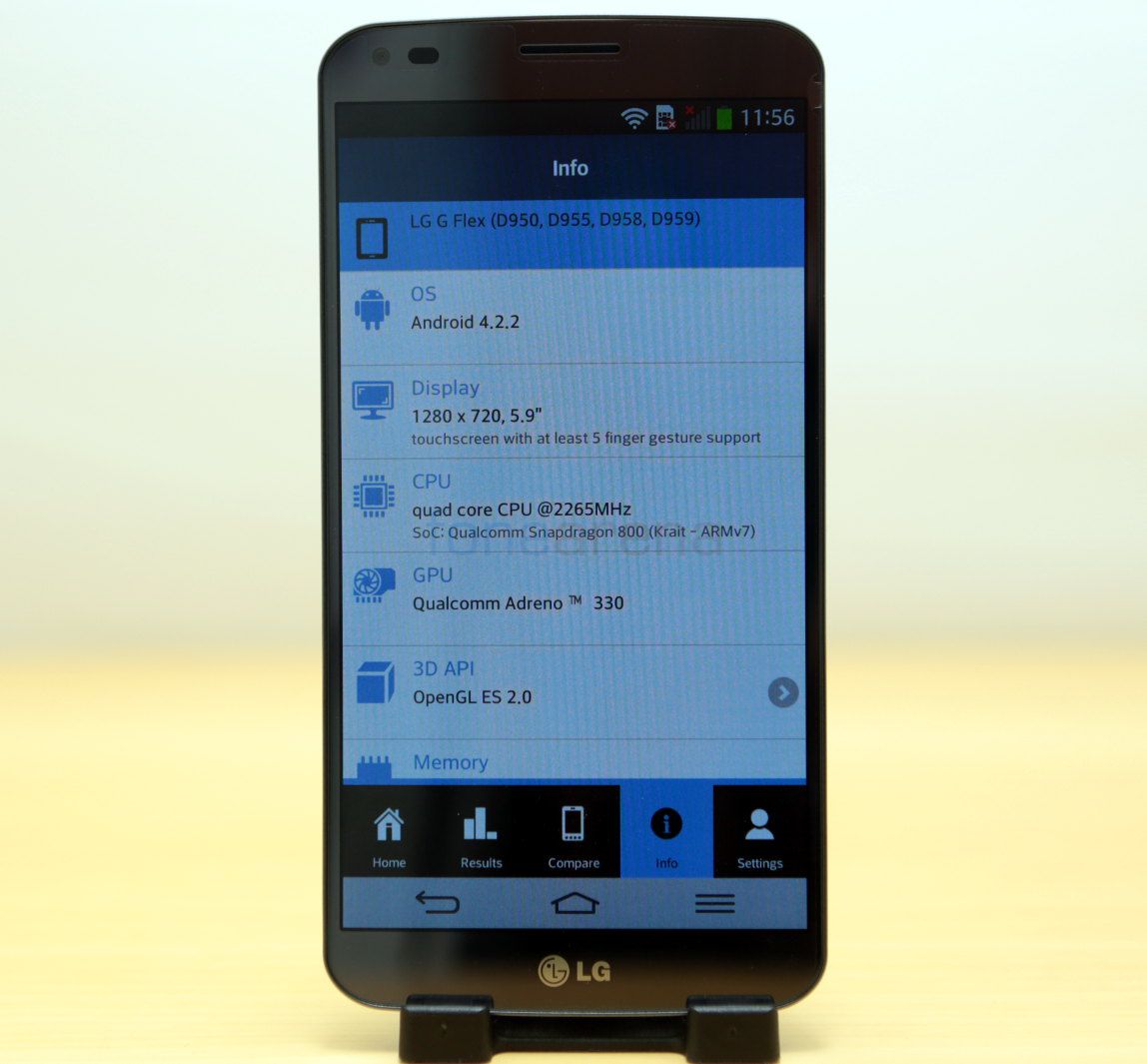
This enables super fast and smooth experiences with respect to the UI as well as apps and games. We tested out some really high end games on this phone and all of them performed really well, and actually the curved screen made gaming really immersive. General UI performance is top notch and we seldom noticed any lag. Here is the gaming review of the LG G Flex –
httpv://www.youtube.com/watch?v=SYE_qHa3NCQ
With 32 GB of internal memory, one would not worry much about storage and one would not worry about multitasking either, as the phone’s 2 GB of RAM keeps things smooth and functional.
We even ran some synthetic benchmarks to find the phone consistent with other top end flagships in terms of performance. Here are some graphs to demonstrate the level of raw performance it offers
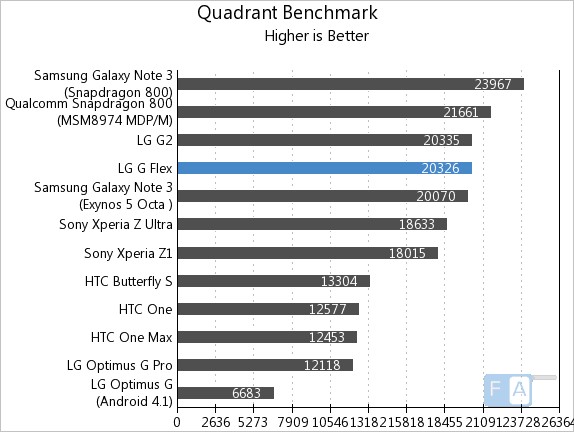
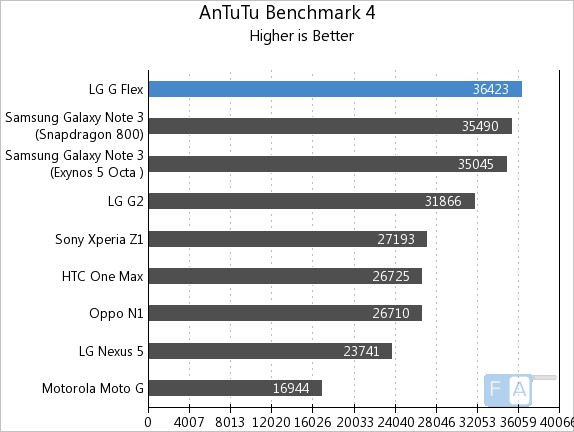
You can check out the complete list of benchmark results here.
Coming to software, the G Flex runs on a older version of Android – 4.2.2 Jellybean with LG’s own custom UI on top. LG brings in a ton of customization options and many many pre installed apps which are equal parts good and bad. Much like Samsung’s Touchwiz, LG’s UI is stocked with features that you’d either use all the time, or never even touch. But we did enjoy some features that were very useful on a 6 inch screen. The UI scales really well and we found Q Slide and Multi Window to come in really handy. You can either manually activate multi window by long pressing the back button or let the app decided when to open a new app in a separate window.
Slide aside can have 3 apps docked in, and immediately accessible with a three finger gesture, but was cumbersome to use. There were may more features that we refused to use, like the one-handed operation, as the phone was sufficiently usable and some gestures like moving home screen icons with tilt. But again, we do appreciate the inclusion of custom front touch buttons, double tap to unlock or lock and the tons of theming and animation options. It never gets boring.Another nice little touch is that when you using other apps, calls and messages are reduced to interactive pop ups, which massively increases the usability, as you can just ignore them without them taking up the full screen. Here are some screenshots to drive those points home –
That said, the core design of the software is indeed highly subjective, so we will leave it up to you to decide. One really good feature that LG packs into the G Flex is the ability to hide the front touch buttons when needed, in whichever apps selected. This creates an immersive experience which is otherwise not possible due to the virtual buttons. Otherwise, we have the usual Google apps, the custom media apps and a lot lot more to keep you occupied.
Conclusion
In the end, the LG G Flex is a really important phone in the market right now. The phone has some really innovative additions like a bendable display, battery and overall a flexible phone with a self healing back being the icing on the cake. These components have found their home inside a smartphone, where a curved screen or a flexible form factor is not much of a big deal yet but with the exploding wearables market, the G Flex sets a precedent, for both future smartphones as well as smartwatches and other wearables.
Its pricing indicates that LG has positioned it more like a top end super car rather than a mass market device. So if you want to own a technological show case device, the pricing is justified and the device is really good, go for it, or lets just wait for LG to make a smartwatch, which can put all this technology to good use.

